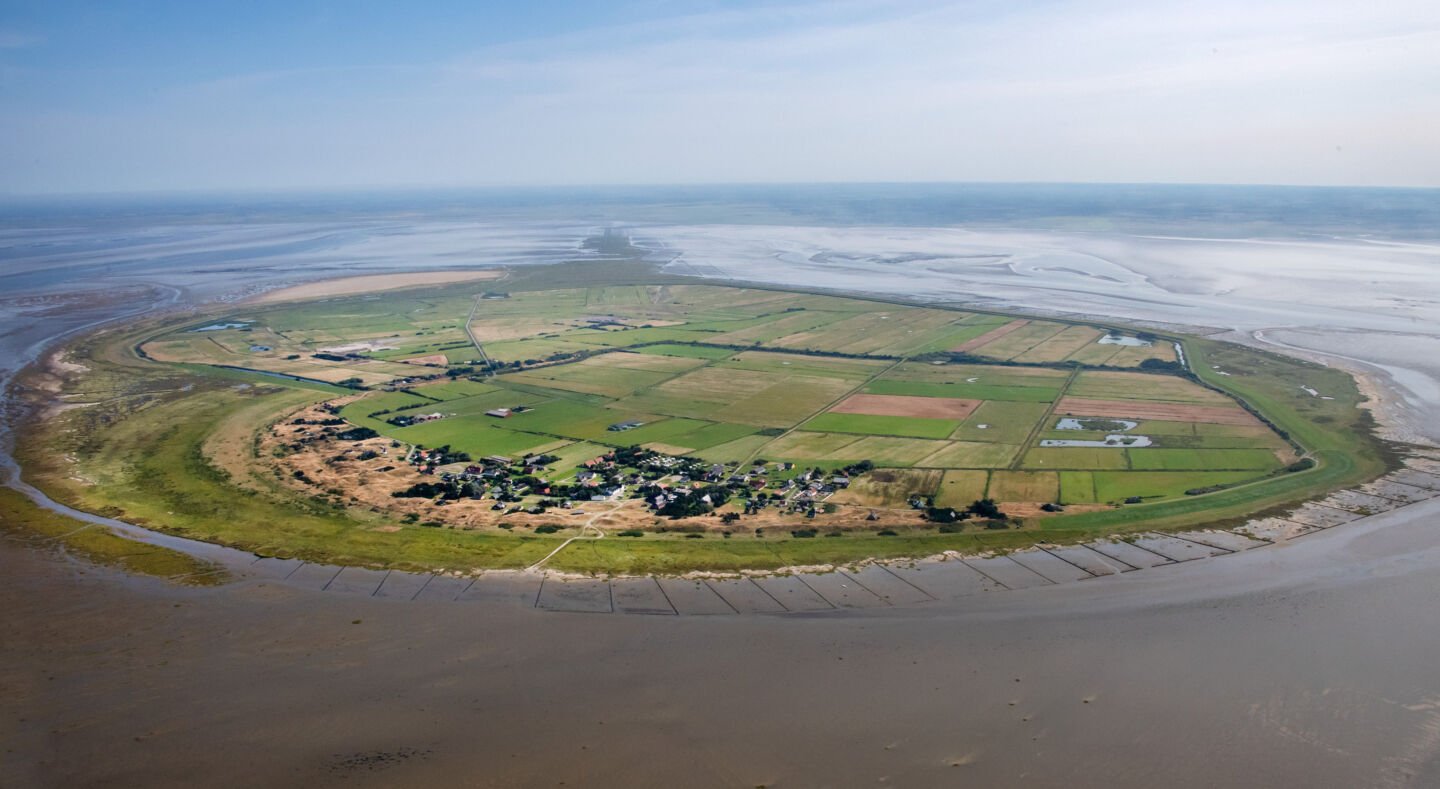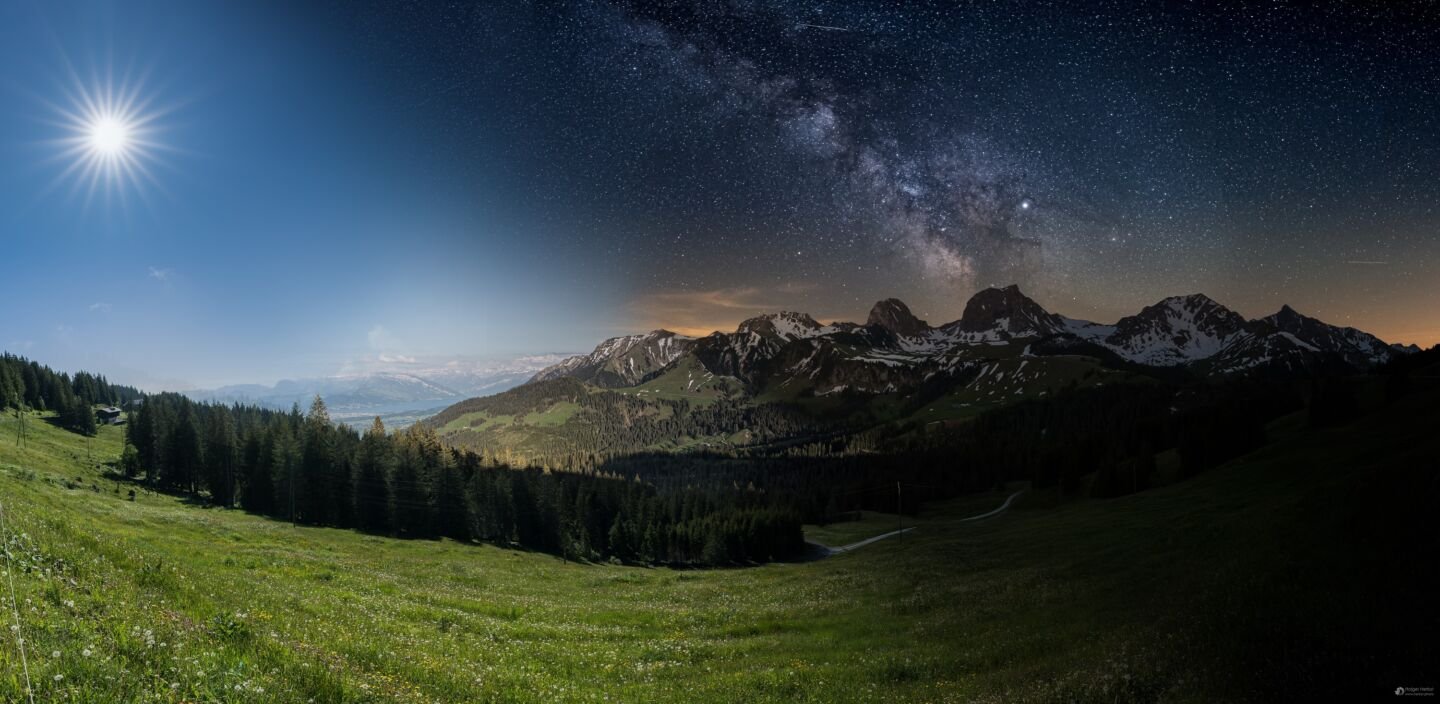
Germany’s Rhön Biosphere Reserve Named World’s Ninth International Dark Sky Reserve

TUCSON, Ariz., and WASSERKUPPE, Germany – Far from major cities, the truly dark skies of Germany’s Rhön Biosphere Reserve offers visitors a respite from the frenzied rhythms of 21st century urban life. In today designating the Biosphere Reserve an International Dark Sky Re-serve, the International Dark-Sky Association (IDA) recognizes the efforts of municipal governments, regional authorities and dedicated local activists to protect the dark Rhön nights. The new Dark Sky Reserve, the world’s ninth, received Silver-tier status from IDA. In Germany, it will be known as “Sternenpark Rhön.”
“We welcome Germany’s latest entry into the family of Reserves and Parks that exhibit exceptional night sky protections,” said IDA Acting Executive Director Scott Kardel. “The Rhön Bio-sphere Reserve’s management and regional community leaders have come together to preserve a gem for all of Europe.”
The IDA designation is a welcome addition to the accolades received by the Biosphere Reserve leadership. “We are very proud of this project and fully aware that it is something special,” said Torsten Raab, head of the Biosphere Reserve Administration in the German state of Hesse. “The starry night sky is a cultural good and we welcome people to come to the Rhön and enjoy a wonderful experience and a really dark sky,” Raab said.
A New Level Of Environmental Protection
The United Nations Educational, Scientific and Cultural Organization (UNESCO) established the Rhön Biosphere Reserve, also known as Biosphärenreservat Rhön, in 1991. It comprises 1720 square kilometers (664 square miles) of protected lands including the entire central region of the Rhön Mountains, where the German federal states of Hesse, Bavaria and Thuringia meet. Reaching elevations of up to 950 meters (3,100 feet), the Rhön region is often referred to as the “Land der offenen Fernen” (“land of endless horizons”).
Given the population density of central Europe, it is one of the few remaining, yet accessible dark locations in Germany offering outstanding views of the night sky. A growing understanding of dark skies’ critical role in ecological conservation led to the inclusion of light pollution reduction goals in regional management documents. These goals have been given the highest priority for the period of 2014-2020.
An IDA Dark Sky Reserve has a “core/buffer” structure, similar to the design of UNESCO Bio-sphere Reserves. The darkest night skies of the Reserve are in the core zone. The buffer zone, which includes more populated areas, protects the core’s dark skies through the enacting of responsible outdoor light policies by municipal councils. The Rhön Dark Sky Reserve is unique within the Dark Sky Places Program in that its “core” consists of three distinct, non-contiguous areas: Hohe Geba in the northeast, Lange Rhön in the center, and Schwarze Berge in the south.
IDA Designation Grows From The Grassroots
In 2009, a student group at the nearby University of Applied Sciences in Fulda began the process to gain IDA recognition for the Rhön. Sabine Frank, then a student at the university, took the lead on the student project and brought the idea to the Biosphere Reserve management despite their initial skepticism. “I was quite persistent, and soon the topic of light pollution and the establishment of a Dark Sky Reserve within the Rhön took off like a rocket,” Frank explained.
At the invitation of the Biosphere Reserve, Dr. Andreas Hänel of the Museum am Schölerberg in Osnabrück visited the site in 2011 to gauge the quality of its night sky. “The region proved to have one of the darkest skies in Germany with an extraordinary natural environment,” explained Hänel. “The people of the Rhön people can be proud of the treasure above them every night.”
Preservation of the dark “core” of a Dark Sky Reserve is the primary aim of an IDA designation, requiring participation by communities to control the growth of light pollution in the “buffer” areas. As part of the application to IDA, Frank, Hänel and their colleagues compiled an inventory of more than 5,000 individual light fixtures in 81 communities comprising a population of some 34,000 people within the Biosphere Reserve boundaries. They also proposed a dark sky-friendly outdoor lighting policy that has been adopted by communities representing 88 percent of the population of the Biosphere Reserve.
To measure the area’s light pollution in the coming years, a scientific monitoring station will be installed at the Wasserkuppe, the highest peak in the Rhön Mountains. The applicants also developed a strong public outreach campaign about the importance of protecting the dark skies of the Reserve’s core zones. Their efforts include stargazing events, media appearances, museum exhibits, local tourism development, and an extensive program of public presentations. “We have tried to not only convey the problems of light at night, but also to offer solutions,” Hänel said. “We hope that the designation of the Rhön will lead more people into perceiving and appreciating natural nights and nightscapes far beyond the borders of the UNESCO Biosphere Reserve.”
About the IDA Dark Sky Places Program
IDA established the International Dark Sky Places conservation program in 2001 to recognize excellent stewardship of the night sky. Designations are based on stringent outdoor lighting standards and innovative community outreach. Since the program began, eight Communities, 19 Parks and nine Reserves have received International Dark Sky designations. For more information about the International Dark Sky Places Program, visit https://darksky.org/international-dark-sky-places/about-ids-places.
About IDA
The International Dark Sky Association, a 501(c)(3) non-profit organization based in Tucson, Arizona, advocates for the protection of the nighttime environment and dark night skies by educating policymakers and the public about night sky conservation and promoting environmentally responsible outdoor lighting. More information about IDA and its mission may be found at https://darksky.org.
Media Inquiries
International Dark-Sky Association
Dr. John Barentine (Dark Sky Places Program Manager) [email protected]; +1 520 293 3198
Rhön Dark Sky Reserve
Sabine Frank, Projektkoordination “Sternenpark im Biosphärenreservat Rhön”, [email protected]; +49 661 251 99 59
Dr. Andreas Hänel (Museum am Schölerberg) [email protected]; +49 0541 5600326



















